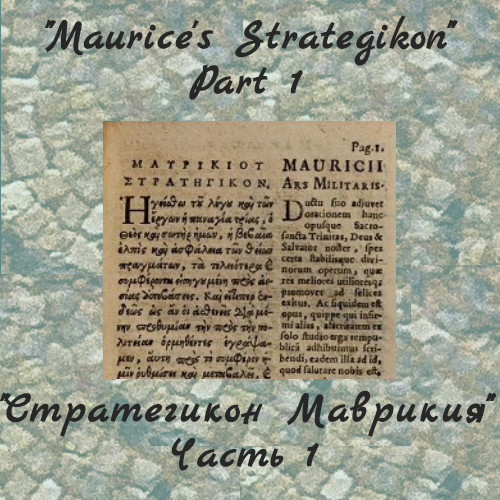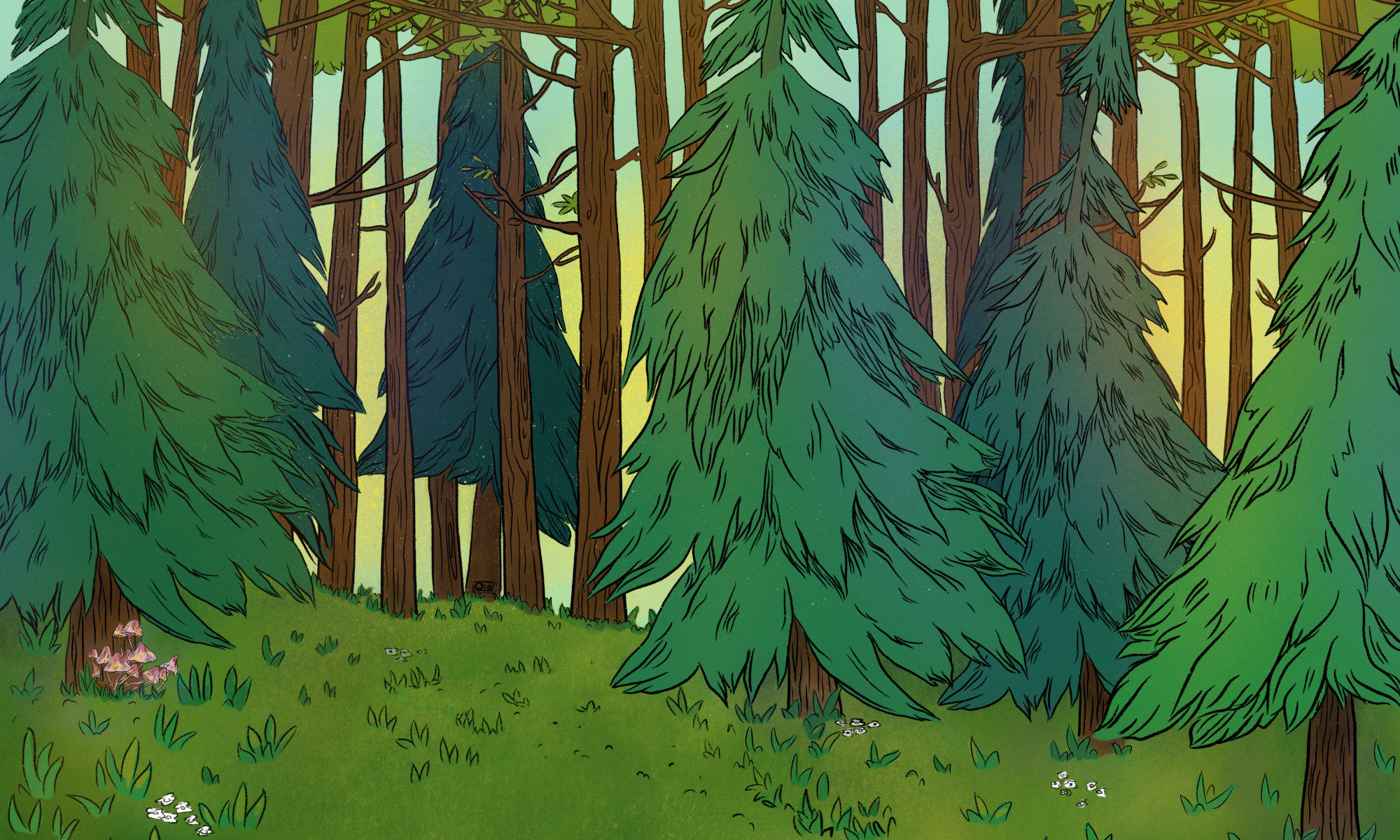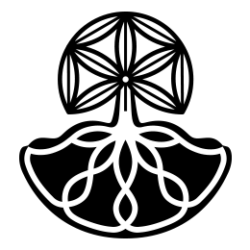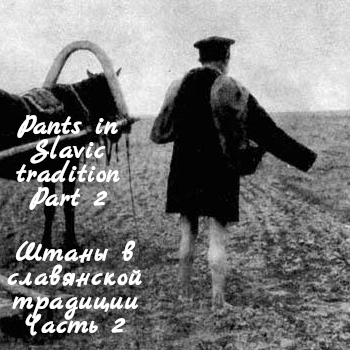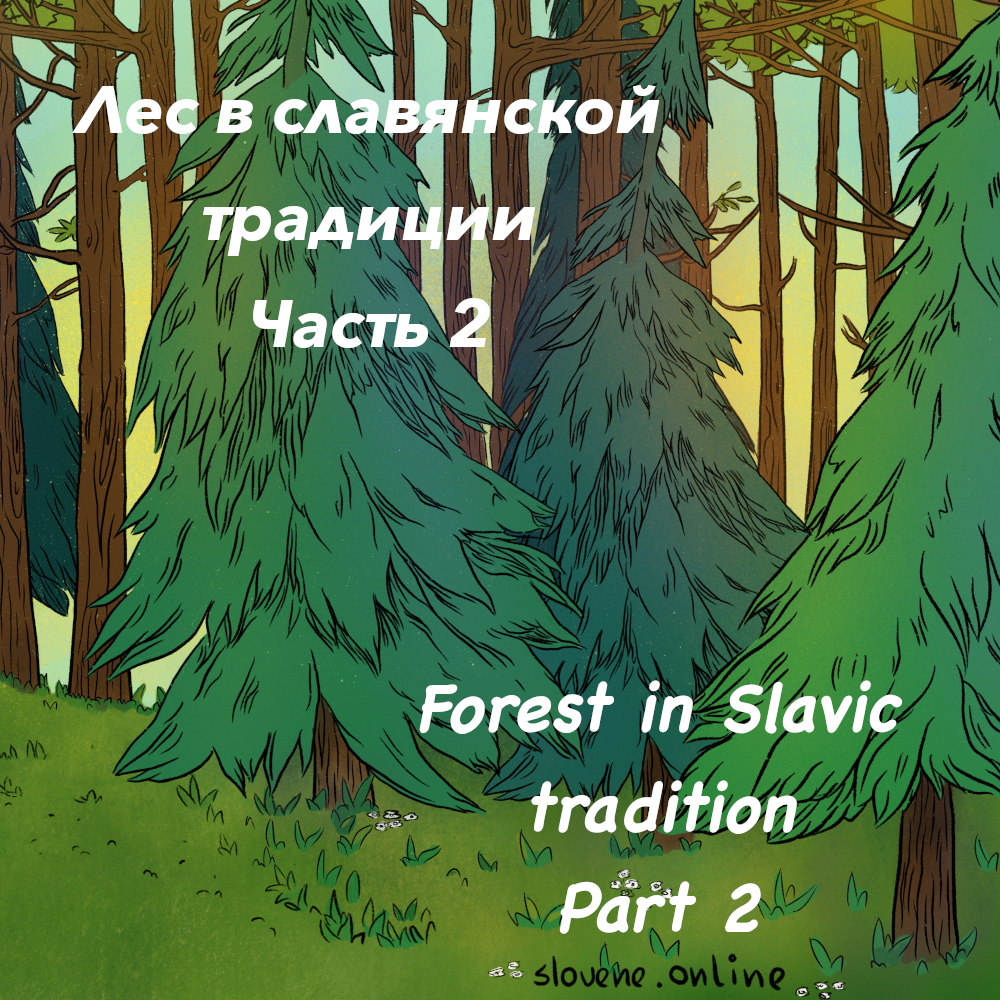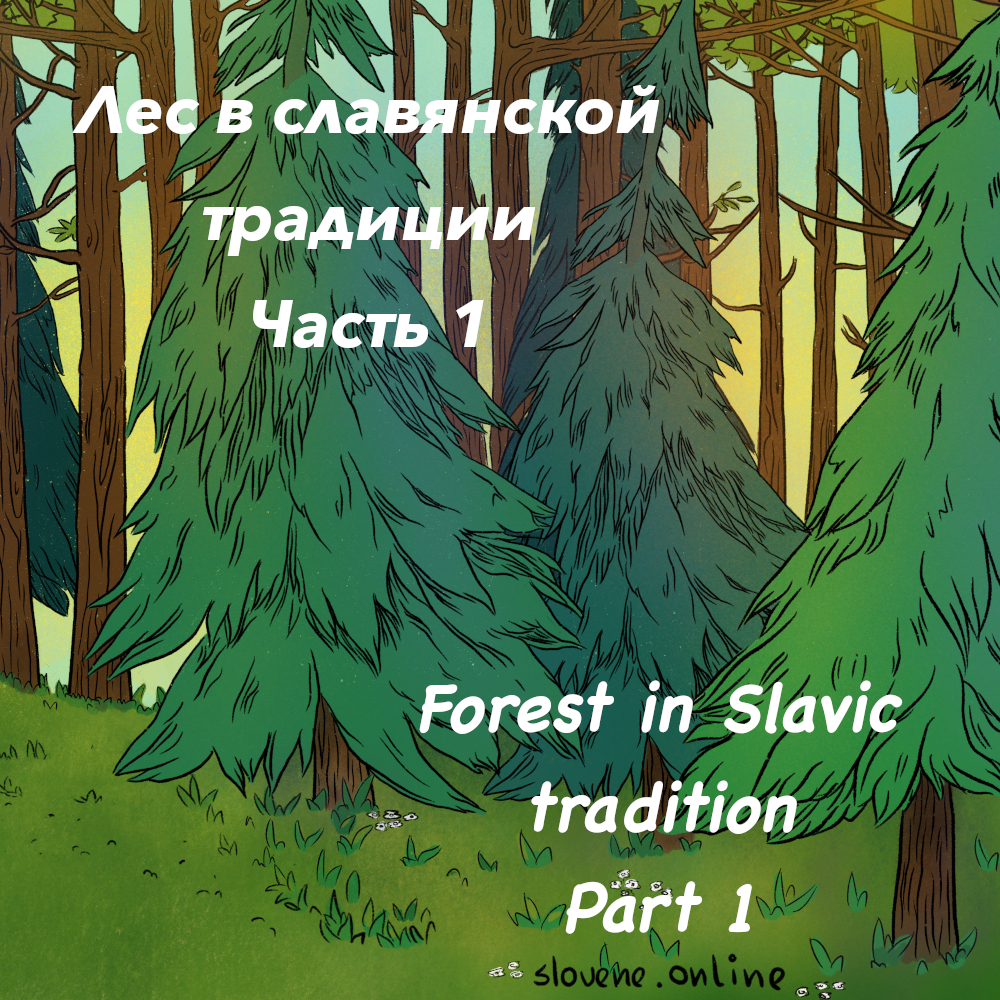The “Maurice’s Strategikon” is one of the earliest sources about the Slavs. The creation of this Byzantine military handbook is attributed to the emperor of Mauritius in the late 6th – early 7th centuries.
ꏍ
The ” Strategikon ” pays much more attention to the Slavs than to other nations and considers them as a strong military enemy of the empire. First of all, it talks about the tribes that lived on the northern bank of the Danube. From this source, we can learn a lot of interesting facts about our Slavic ancestors.
ꏍ
“The nations of the Slavs and the Antes live in the same way and have the same customs. They are both independent, absolutely refusing to be enslaved or governed, least of all in their own land. They are populous and hardy, bearing readily heat, cold, rain, nakedness, and scarcity of provisions.”
ꏍ
“They do not keep those who are in captivity among them in perpetual slavery, as do other nations. But they set a definite period of time for them and then give them the choice either, if they so desire, to return to their own homes with a small recompense or to remain there as free men and friends.”
ꏍ
To be continued…
